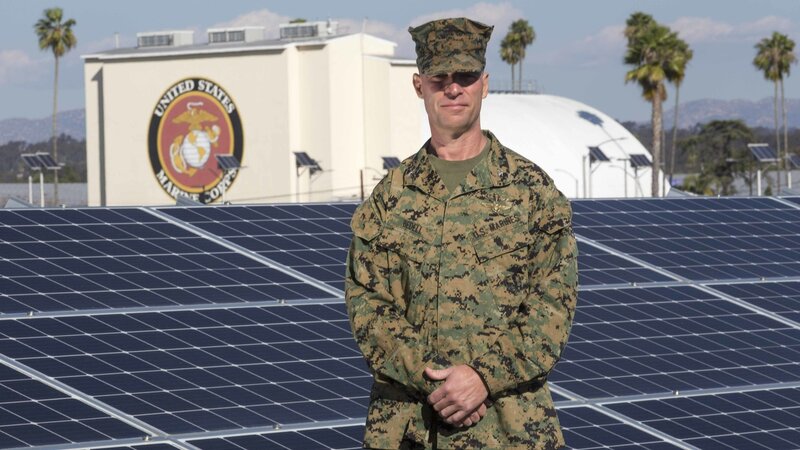Posted on Oct 2, 2023
The military is turning to microgrids to fight global threats — and global warming
4.87K
0
0
0
0
0
Posted 2 y ago
Read This Next



 Marines
Marines Climate Change
Climate Change MCAS Miramar
MCAS Miramar Energy
Energy San Diego
San Diego


